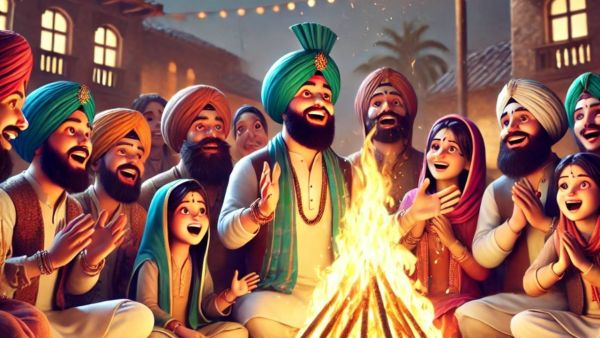
Mumbai: Lohri is one of the most exciting and heartwarming festivals celebrated in northern India, especially in Punjab, Haryana, Himachal Pradesh, and Delhi. Think of it as a cheerful goodbye to winter and a big “thank you” for the Rabi harvest.
It’s not just about farmers celebrating their crops—this festival is a time for everyone to come together. Families gather around bonfires, sing folk songs, and perform traditional dances. For newlyweds and families with newborns, Lohri has extra meaning, symbolising blessings and fresh beginnings.
Mark your calendars! Lohri 2025 will be celebrated on Monday, 13th January. It’s usually observed the evening before Makar Sankranti, which falls on 14th January this year.
Lohri rituals are a beautiful mix of gratitude and tradition. Here’s a quick guide to get you started:
Set Up Your Puja Altar
Make Your Offerings
Light the Bonfire
Walk Around the Fire
These simple steps ensure you’re part of a tradition that’s been passed down for generations.
Ever wondered why Lohri is so meaningful? Here’s why:
| Offering | Symbolism |
| Jaggery |
Sweetness in life
|
| Sesame |
Togetherness and harmony
|
| Peanuts |
Prosperity and abundance
|
| Popcorn |
Celebrating joy and blessings
|
A: Lohri will be celebrated on the evening of 13th January 2025, with rituals continuing until 9:03 AM on 14th January.
A: The bonfire symbolises gratitude and unity. People offer jaggery, sesame, and peanuts to thank nature and seek blessings.
A: Absolutely! Lohri is for everyone. It’s a time to celebrate togetherness, enjoy traditional food, and soak in the festive vibes.
A: Think gajak, rewri, sarson ka saag, makki ki roti, and til laddoos—mouthwatering, right?
A: The core traditions remain the same, but each community adds its unique flavour to the festivities with regional songs, dances, and rituals.